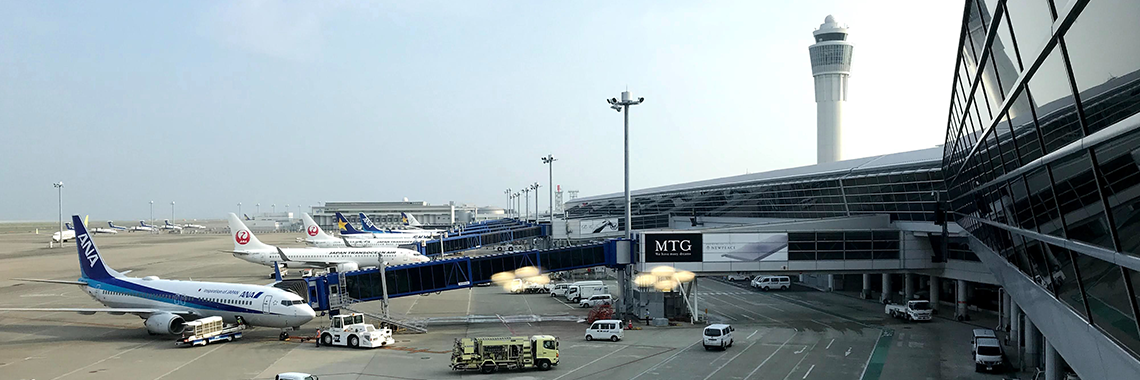
IATA Recommendations for Airports & Airlines Moving to Create Higher Efficiency Gains and Preparing for CORSIA’s Sustainability Targets
By Jean Luc Devisscher 21st January, 2021
When it comes to creating efficiency gains, airports and airlines should not wait for full traffic recovery to start. Now is the ideal time to put the different stakeholders together, making sure that processes are streamlined and coordination agreed upon to reduce lost time during airport operations to a minimum. The ideal solution resides in implementing an advanced collaborative decision making (A-CDM) solution.
Some time ago, IATA published a report stating, "improved data and coordination between all airline stakeholders providing clear, accurate and transparent information, as should be delivered by A-CDM, is essential in creating an end to end process connecting the airport to the airspace to reduce delays and ultimately provide a seamless and efficient travel experience to airline customers." The report also contained a series of recommendations which are excellent as they point out to any possible loopholes in A-CDM implementation, including a series of key elements that all stakeholders should consider before starting.
In this blog, we explore the key enablers for success once airports and their stakeholders are convinced that A-CDM is the way to go - and most forward-thinking airports do so and have a plan available or are working on one. Once that is the case, airports need to consider these enablers, as quoted from the IATA report:
1) Ensure good interaction between all parties and an understanding of the importance of TOBT. Increasing ownership of processes by airlines and their Handling Agents will improve performance of the turnaround.
2) A pre-departure sequence algorithm should be introduced that delivers transparency, efficiency, and stability. The algorithm should be fit for purpose, meet requirements and should evolve with the A-CDM implementation.
3) Variable taxi times are generally 'static' variable times, and as such should be adjustable to the operational circumstances and reviewed frequently to ensure their accurate contribution to the overall turnaround process.
4) Many ground handling services involve resource allocation optimizers (Fueling, Catering, Cleaning, Cargo Loading, Baggage Loading, Crew and Passenger Bussing, Aircraft Movements). Each of these services are integral to the calculation of TOBT. Where applicable, the A-CDM process would benefit from the development of a standard API to resource allocation optimizers, so that resource issues may be systematically identified earlier in the turnaround process.
It must be noted that even though these are written from the perspective of an airline, they are valid for all airport stakeholders. Hence, before any implementation of A-CDM, we need to be sure to have the concept right, make sure to have all the above enablers figured out and define all key elements for the A-CDM concept as a starting point. Once all of these are defined with clear and targeted KPIs, then we can discuss the platform selection and implementation.
For more information about the implementation of A-CDM, read our blog posts. Here is an online version of the full IATA report mentioned in this article. For more information on A-CDM implementation, contact us at EMMA.